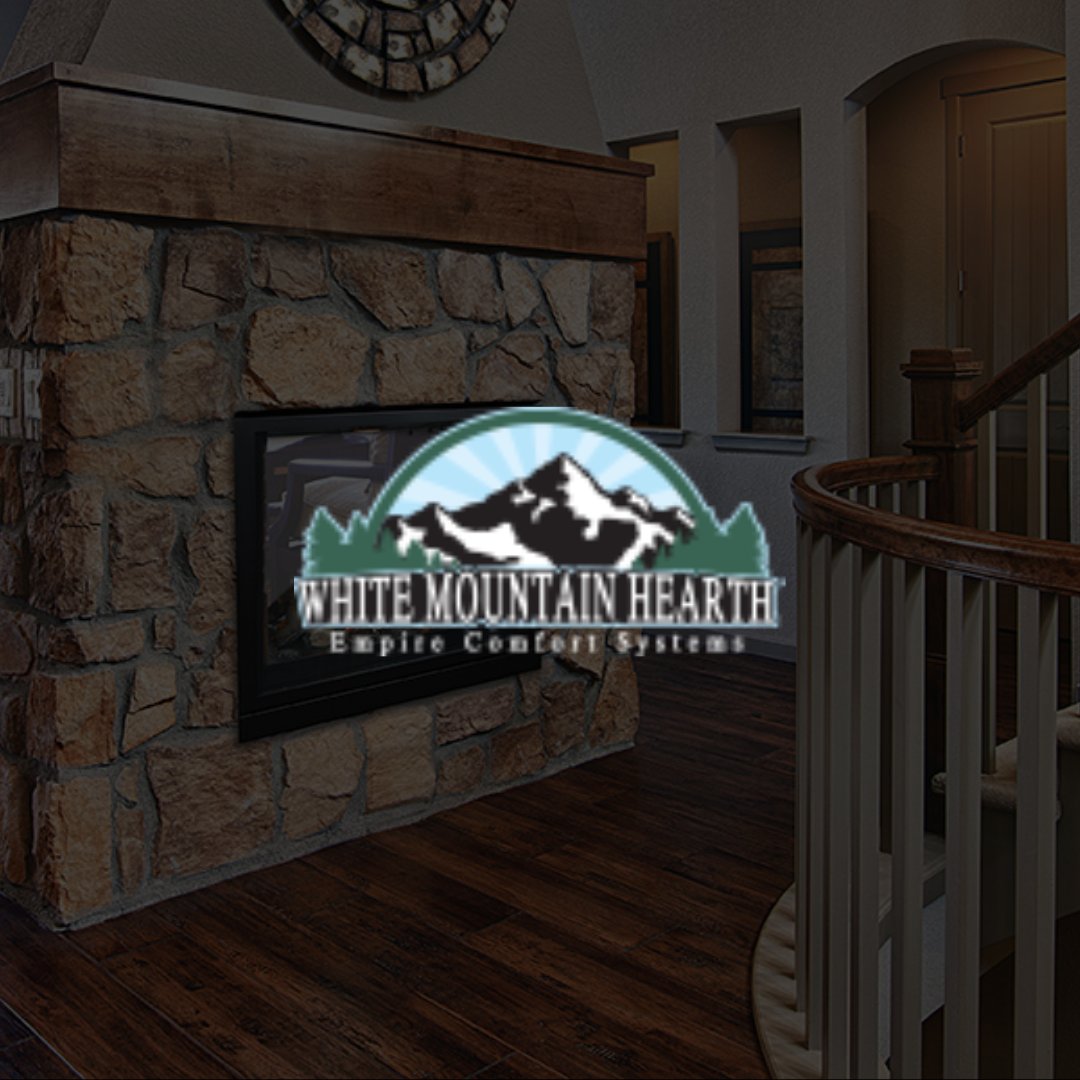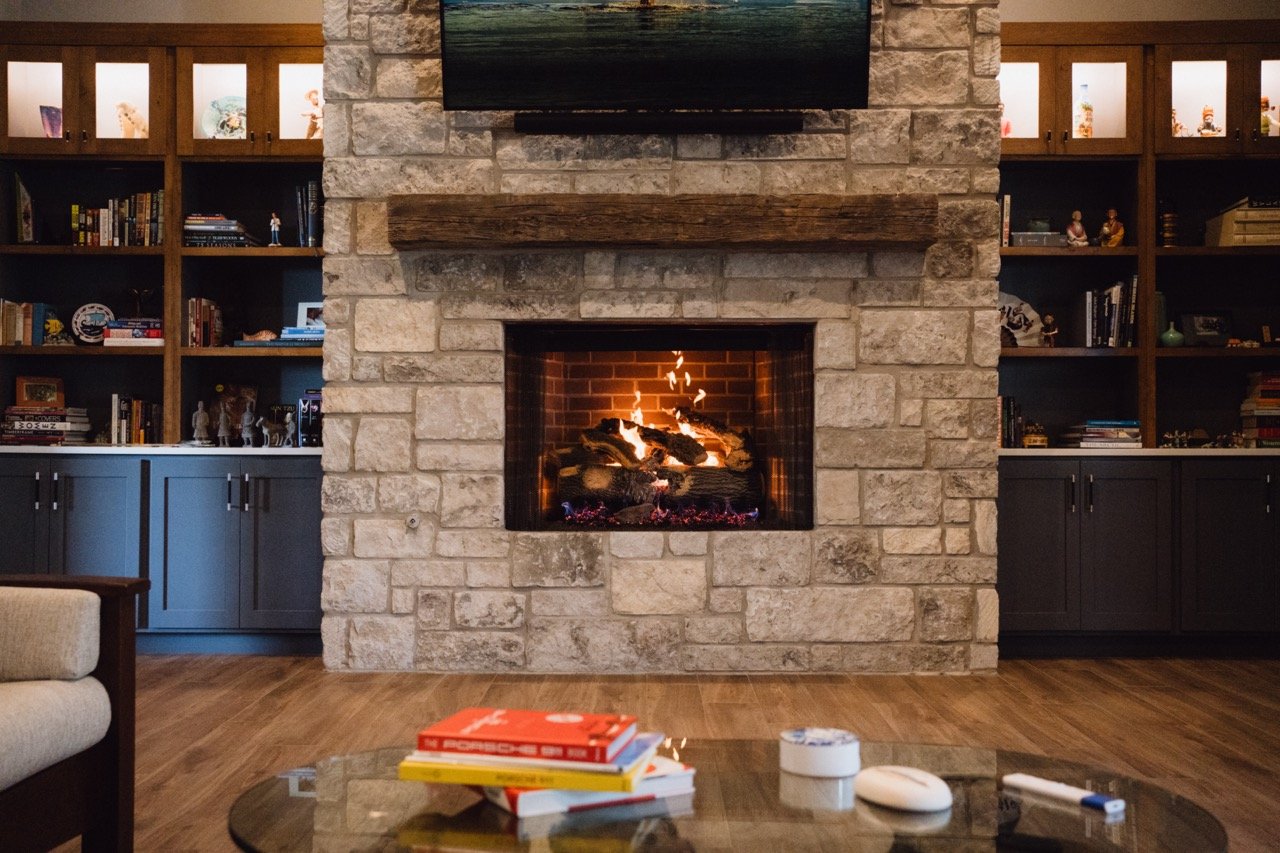
fireplace installation experts in san antonio
Bring Warmth and Ambiance to Your Home with Our Indoor Fireplaces
At Cozy Fireplace and Patio, we believe that the key to a perfect fireplace is quality. That’s why we only offer luxury fireplaces from premium brands that have stood the test of time. Over our 13 years in business, we've curated a selection of the most trusted and durable fireplace products available.
Our selection includes brands known for their long-lasting performance and high-quality materials. We carefully choose products that not only look beautiful but will also perform exceptionally for years to come. Travis Ponder, the owner, mentioned in his interview, "We've used some products and realized they didn’t serve the customer well, so we’ve evolved our offerings to include only the most reliable and trusted brands."
If you’re looking for luxury indoor fireplaces, Cozy ensures you receive the highest standard of products.

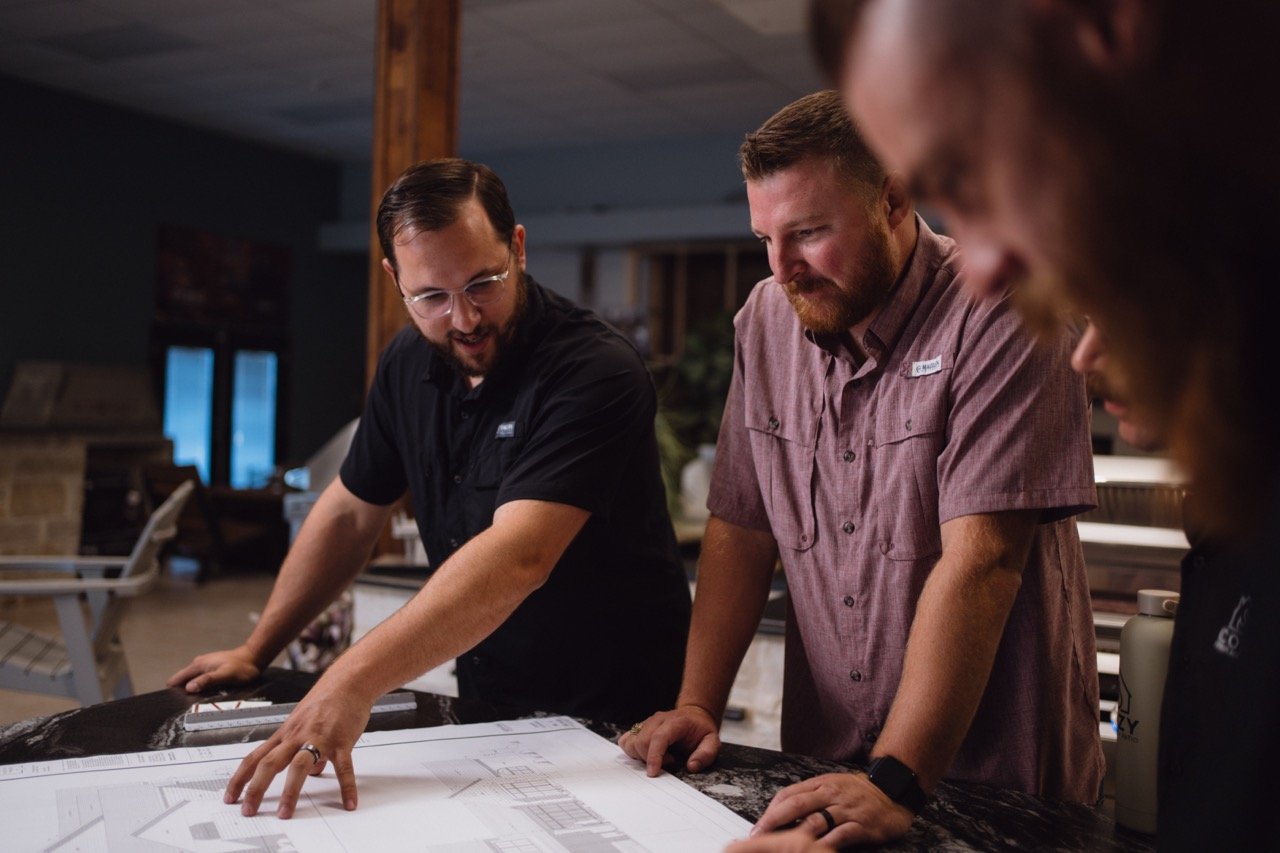
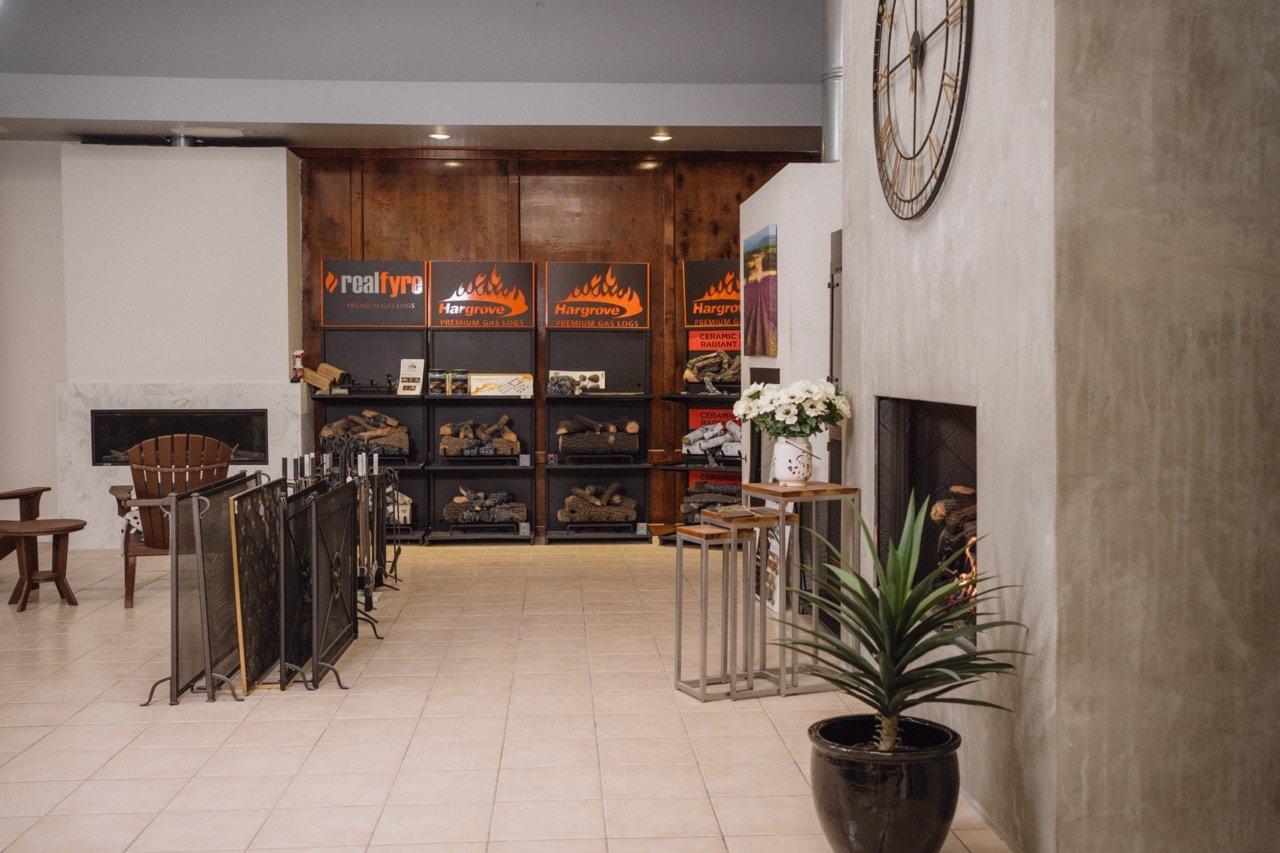
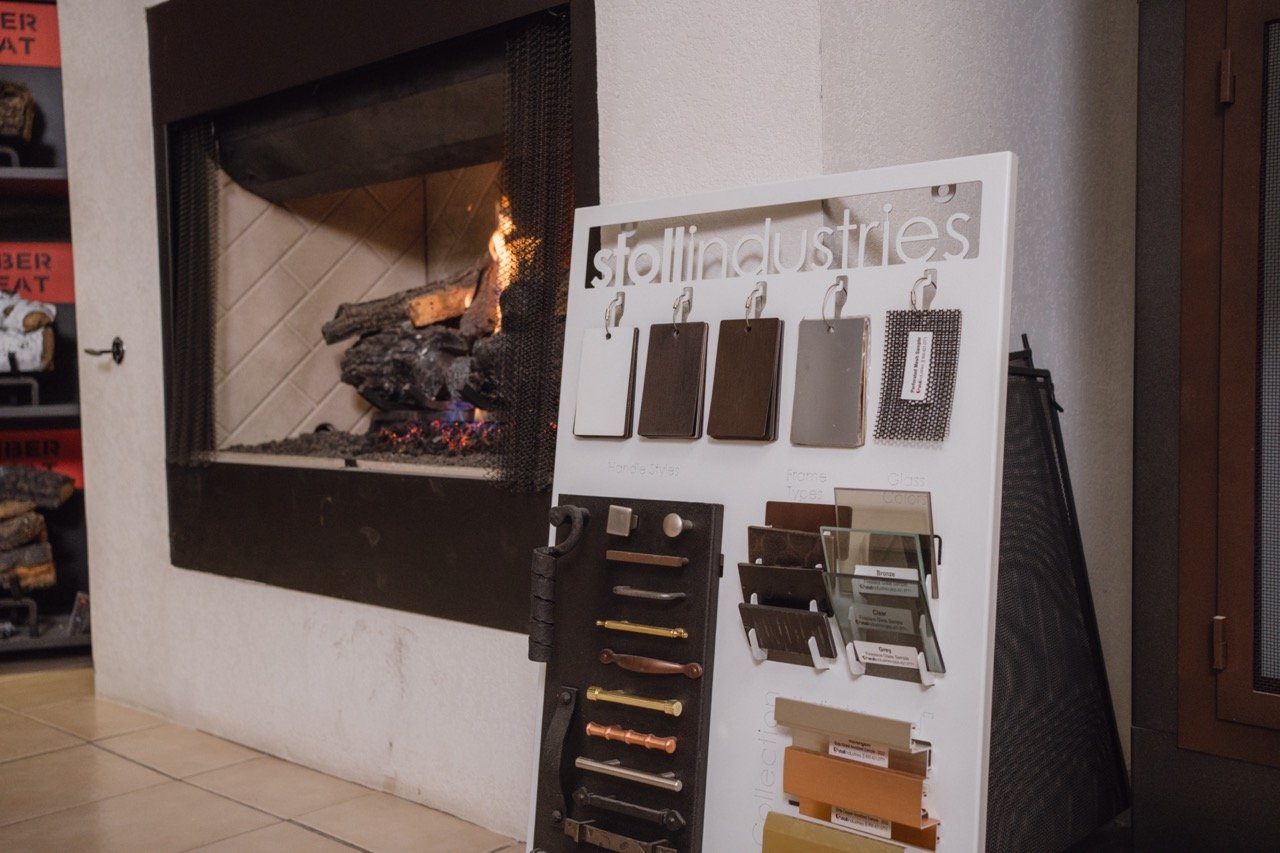
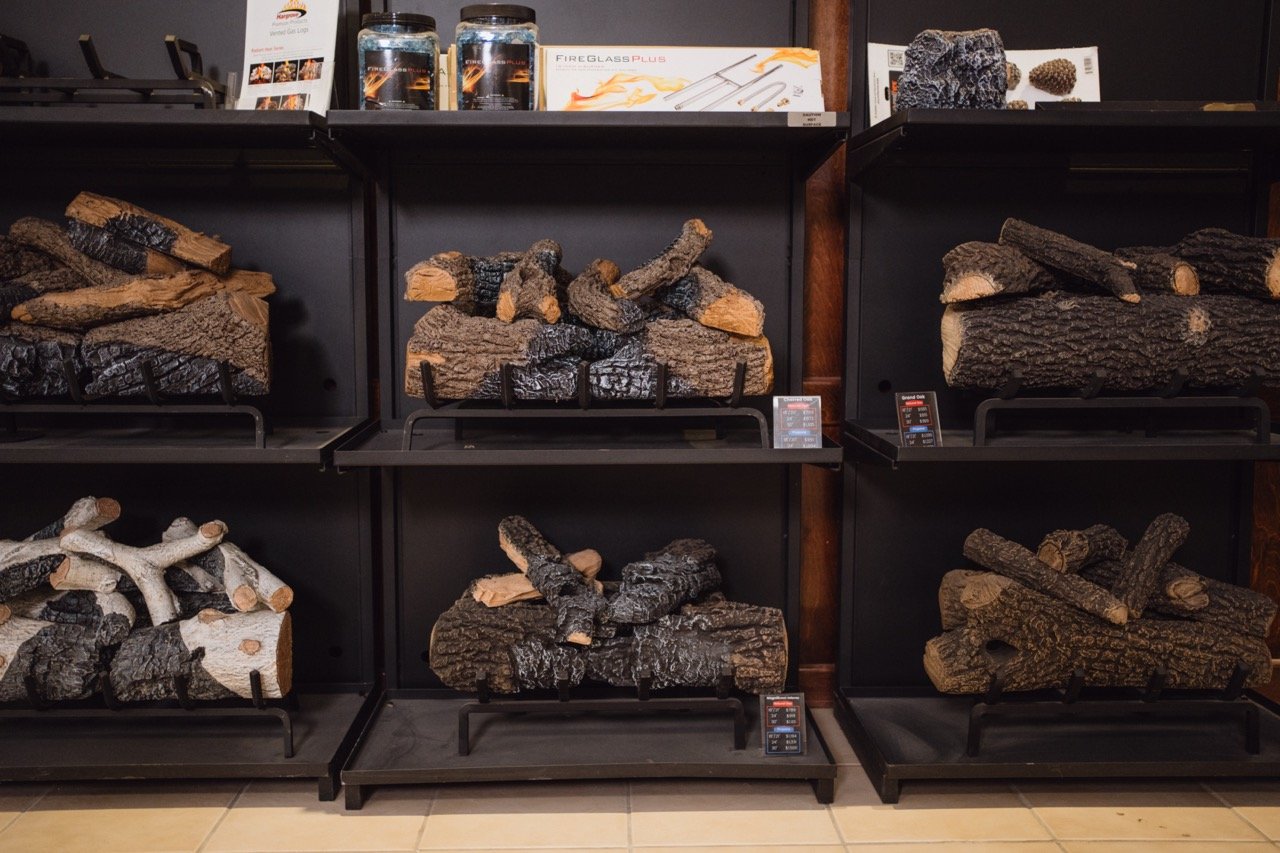

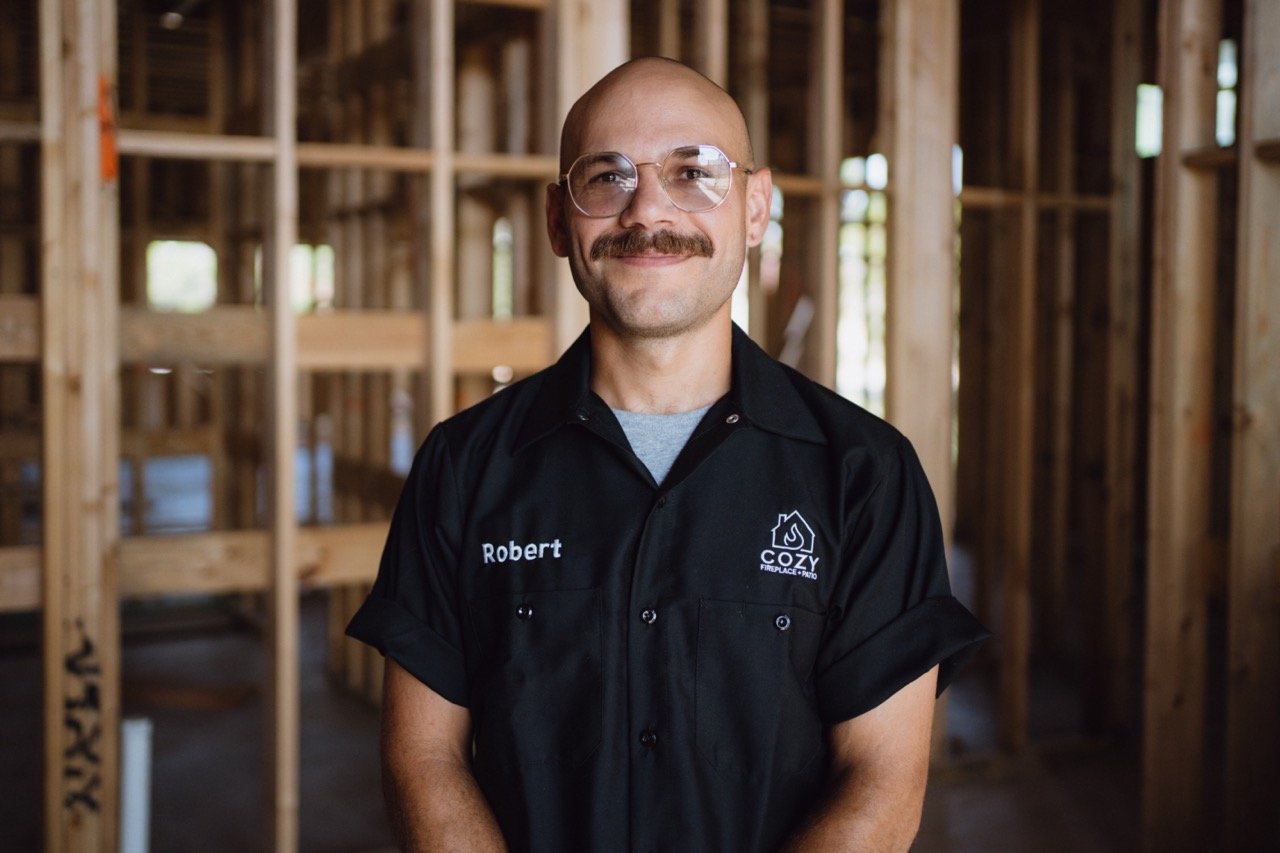
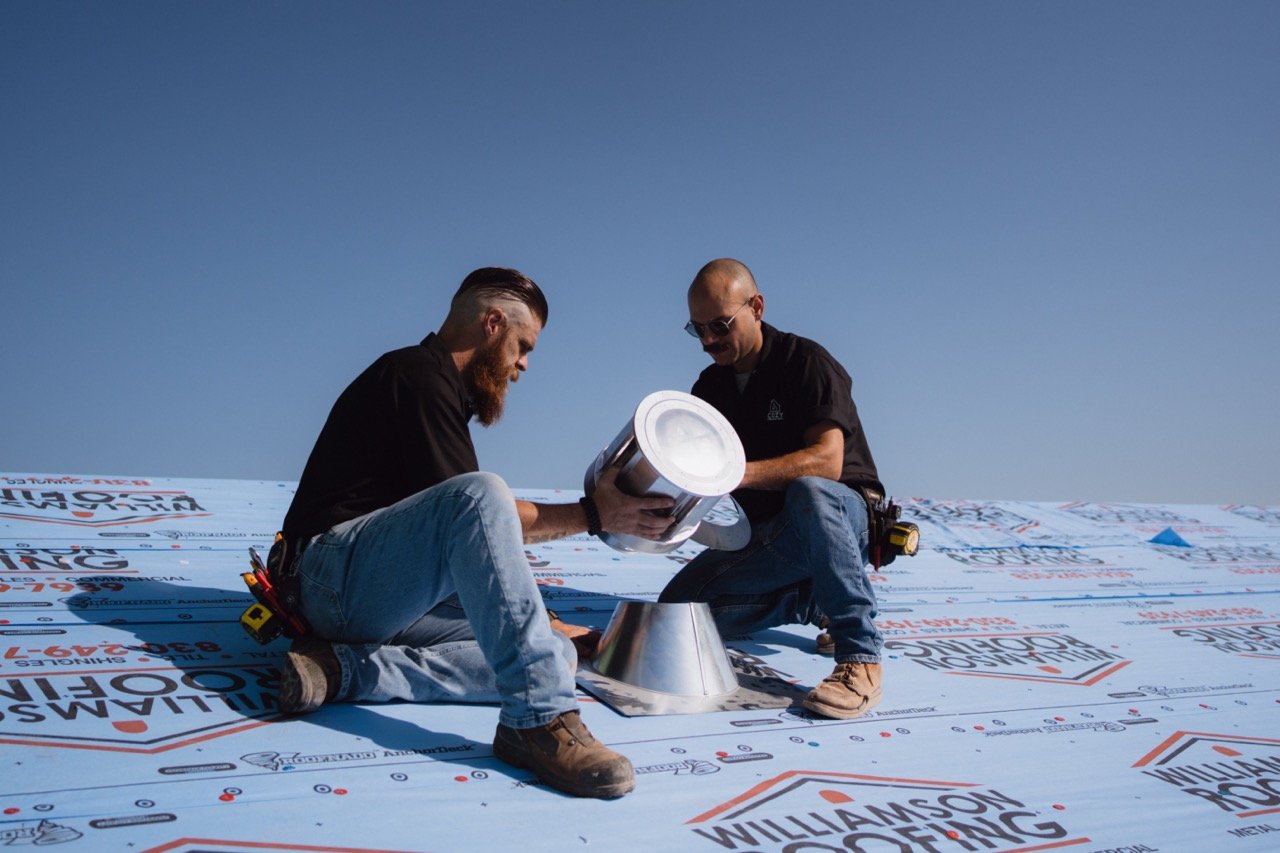
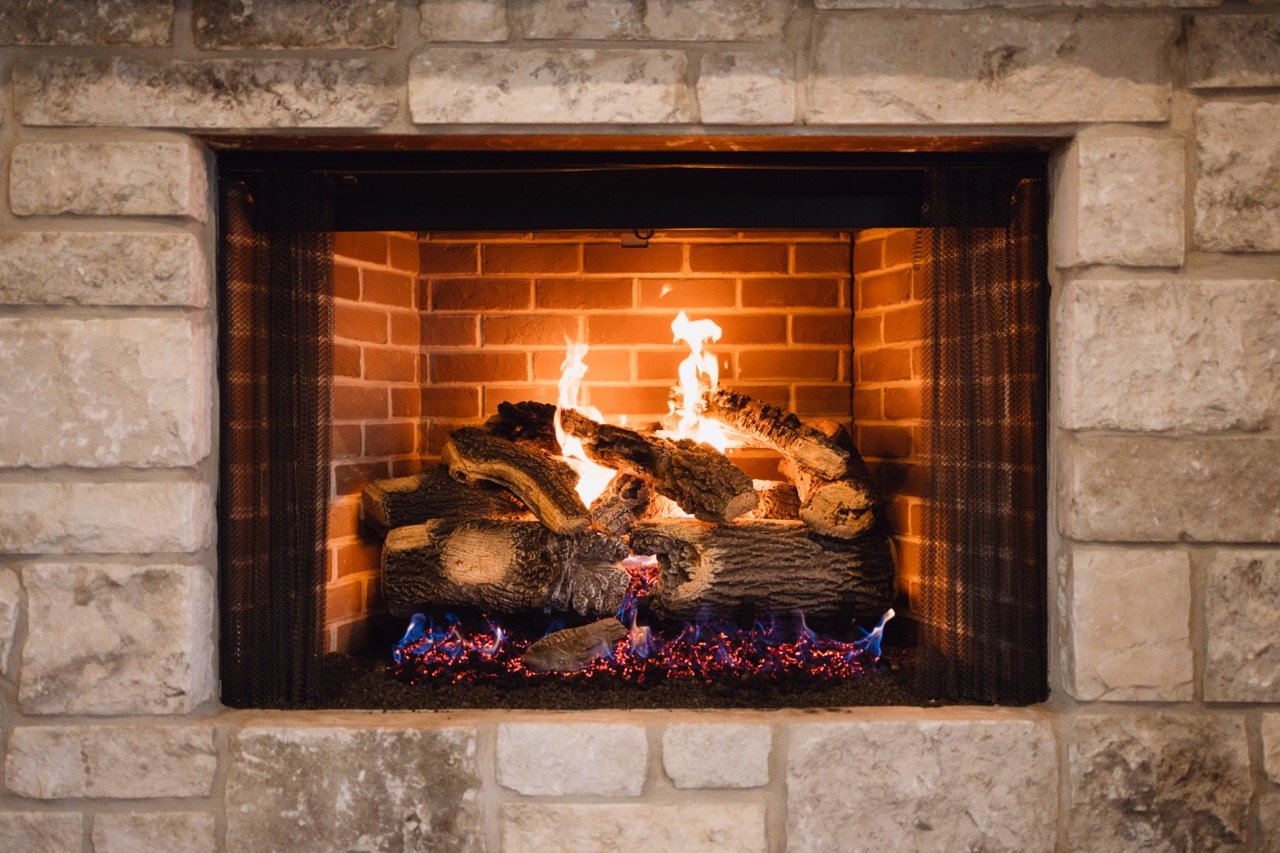
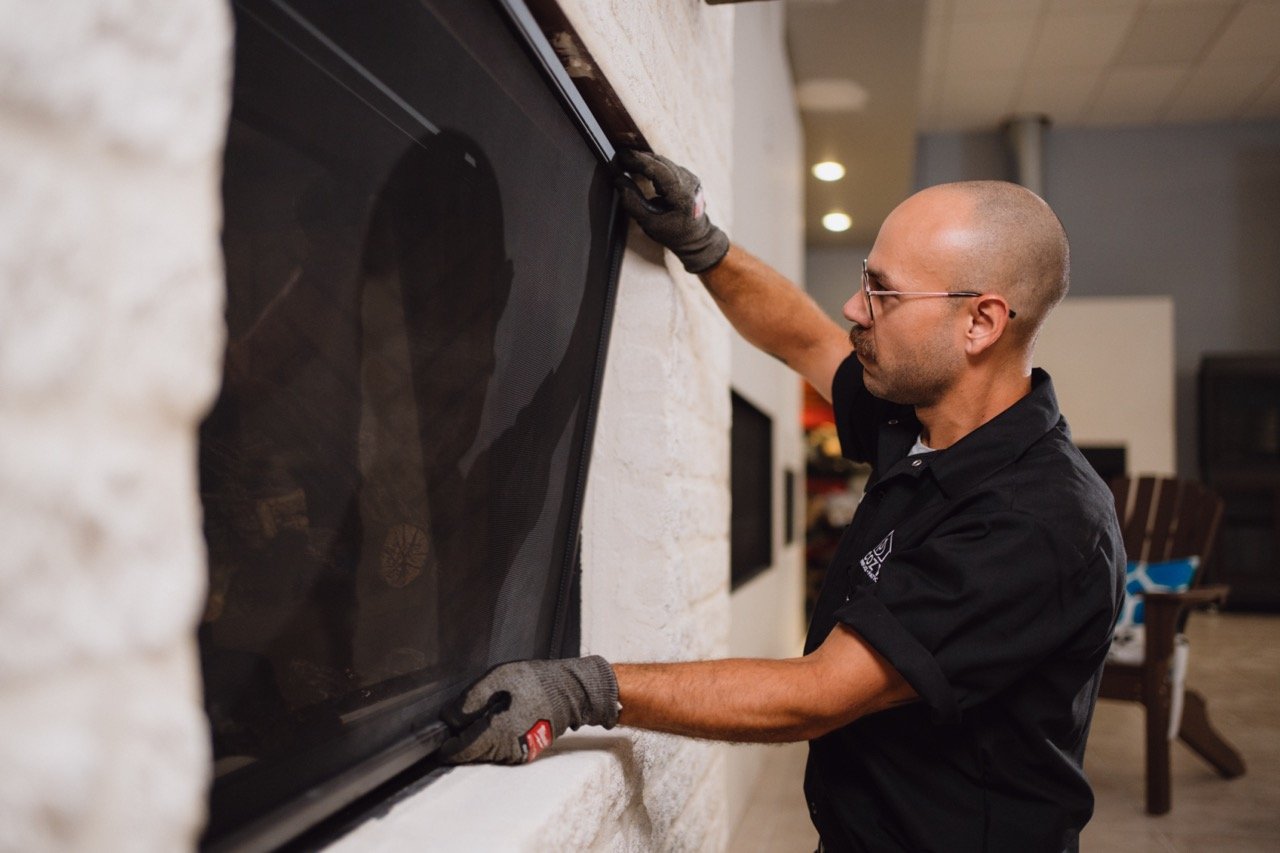
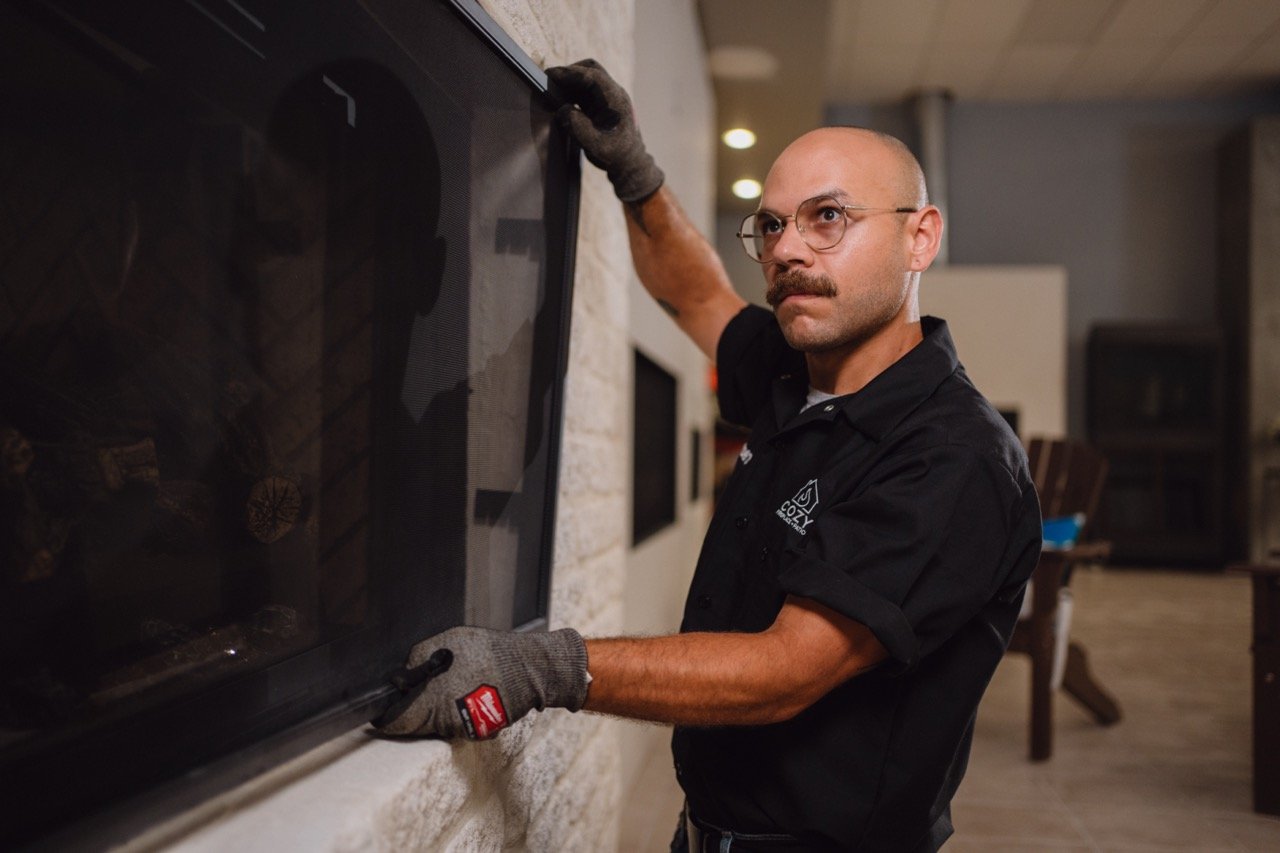

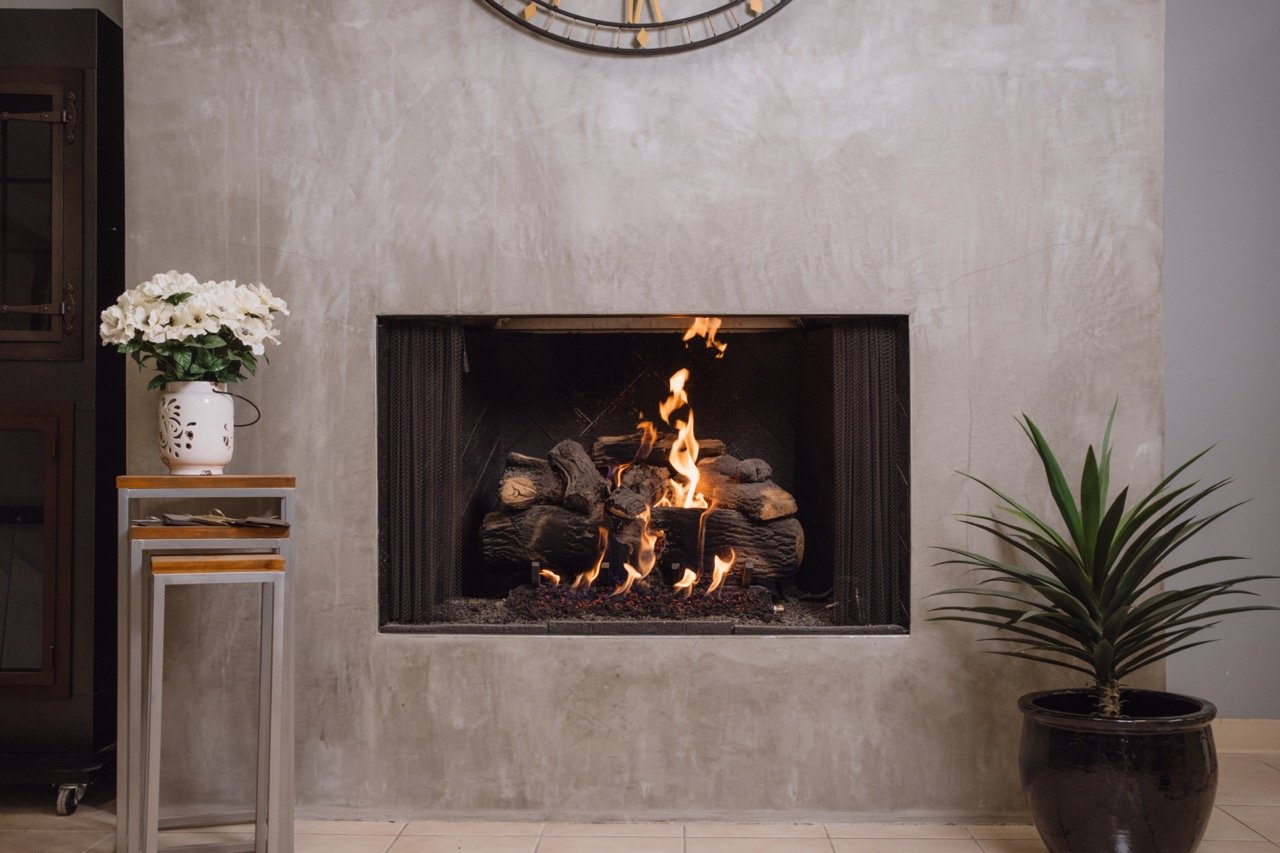
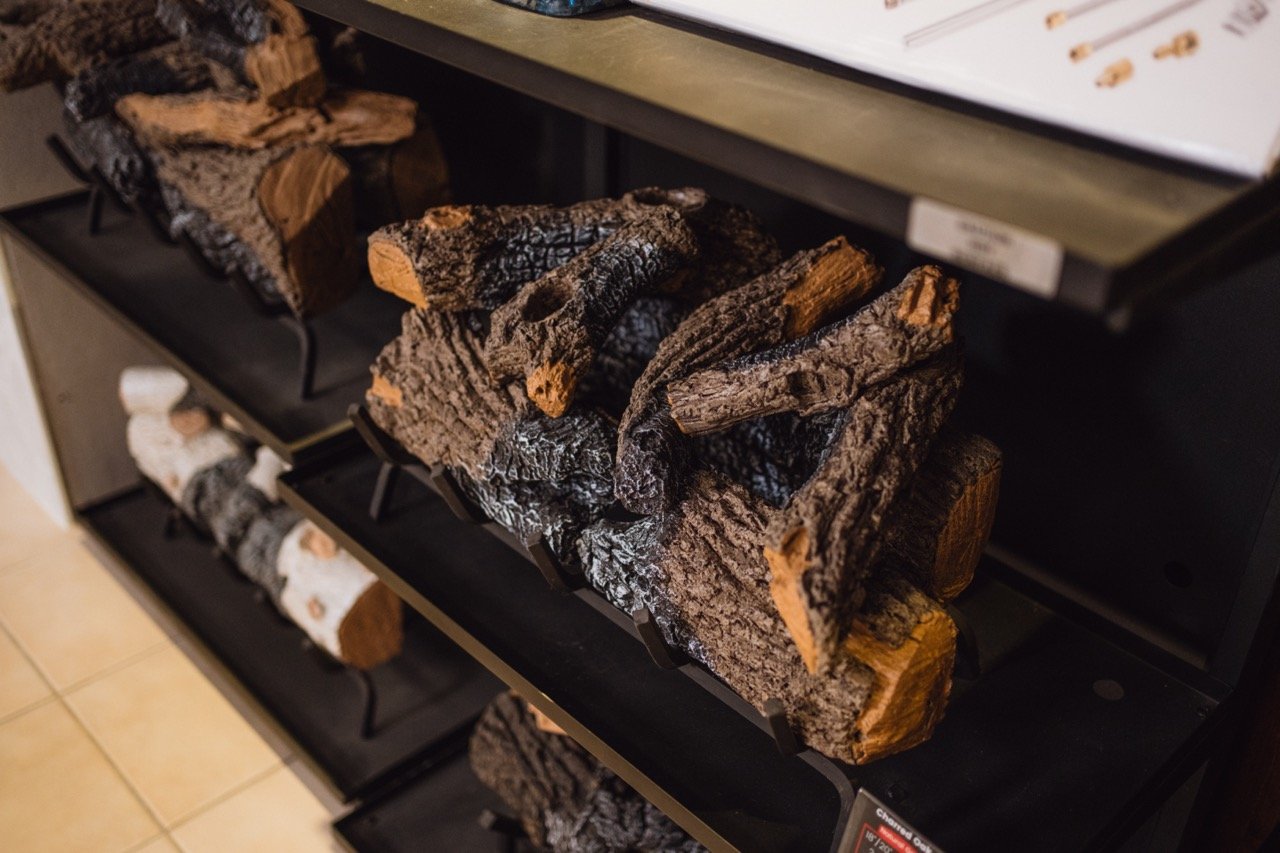
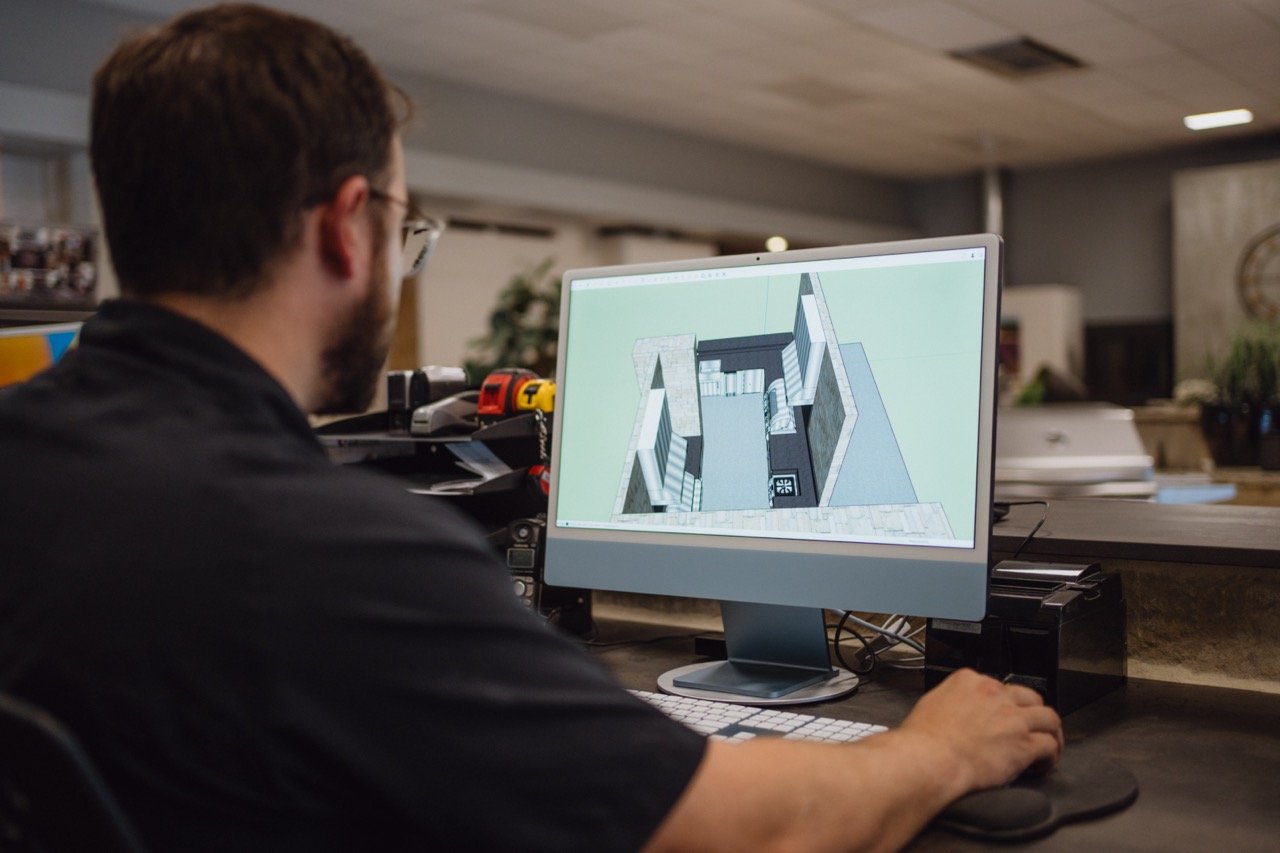
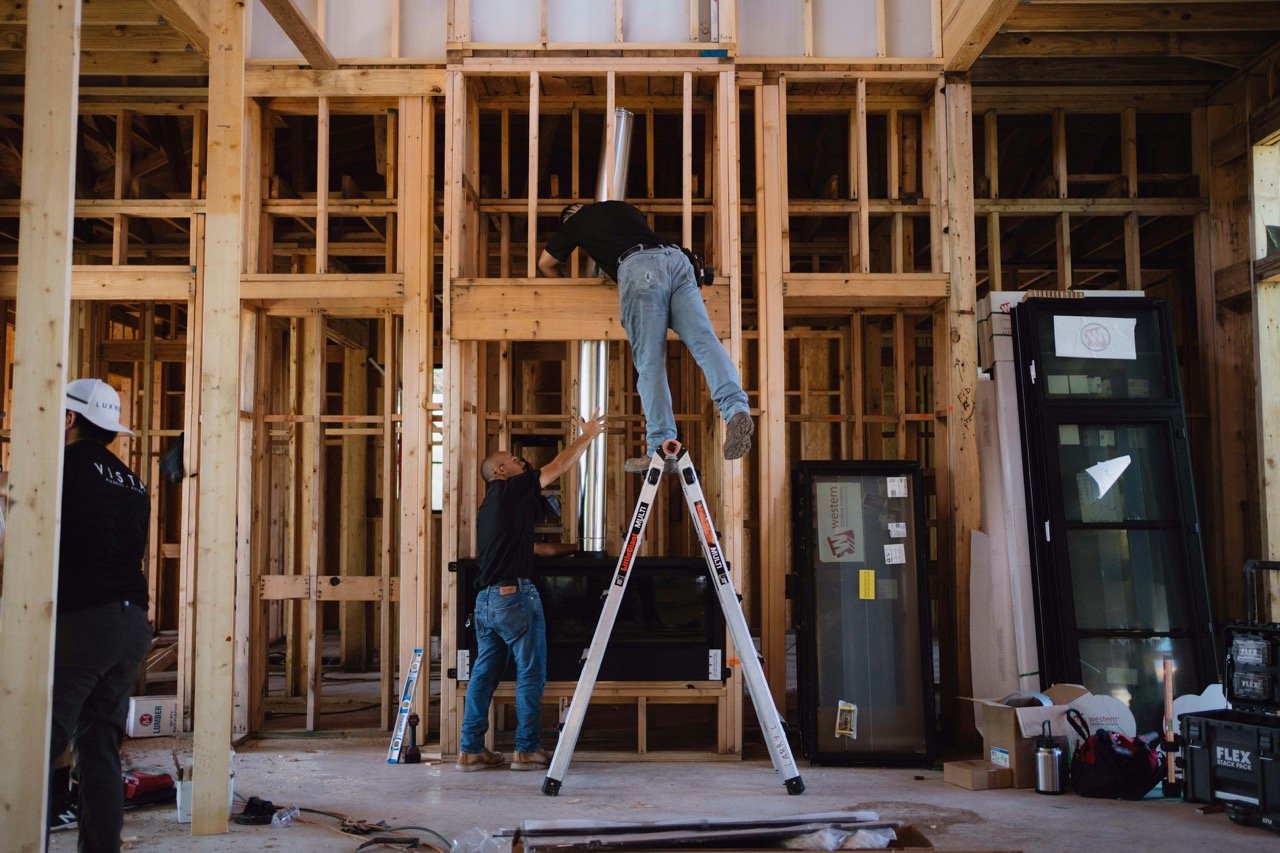
-
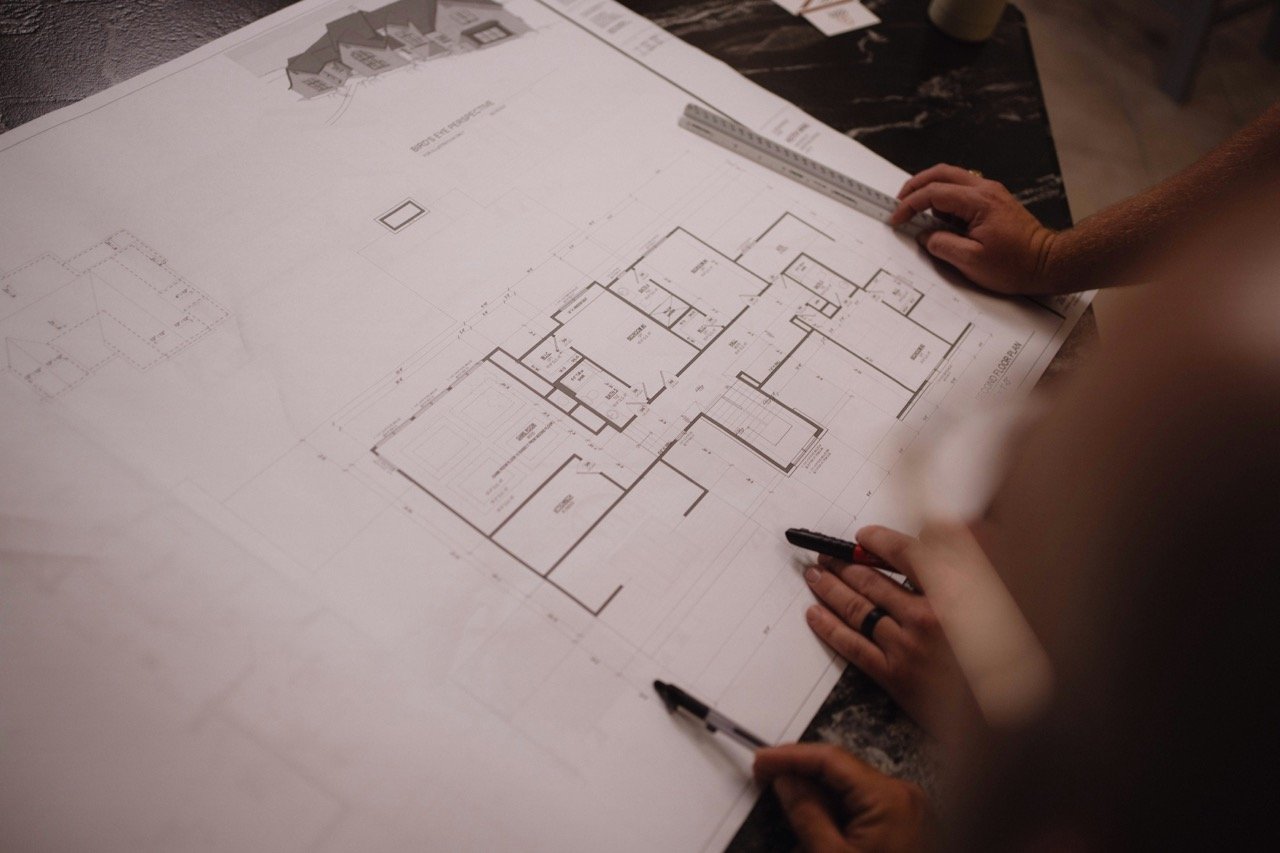
New Indoor Fireplace Build
Our team can help your family build the fireplace of your dreams, accommodating your home, style, and budget.
-

Renovate Your Indoor Fireplace
We offer various products for every style and need, from gas logs or gas fireplace accessories.
-

Outdoor Fireplace
Looking to upgrade your outdoor area? We offer custom outdoor fireplaces that can help bring aesthetic and warmth to your outdoor space.

Why Choose Cozy as your indoor fireplace installer?
A fireplace is a must-have in every home these days, whether wood, gas, or electric. Our sales and installation staff is trained and certified by the National Fireplace Institute, the only independent, non-profit continuing educational organization of the hearth industry.
High-quality materials that stand the test of time.
Expert craftsmanship ensuring durability and performance.
A fireplace that serves as the centerpiece of your home for years to come.
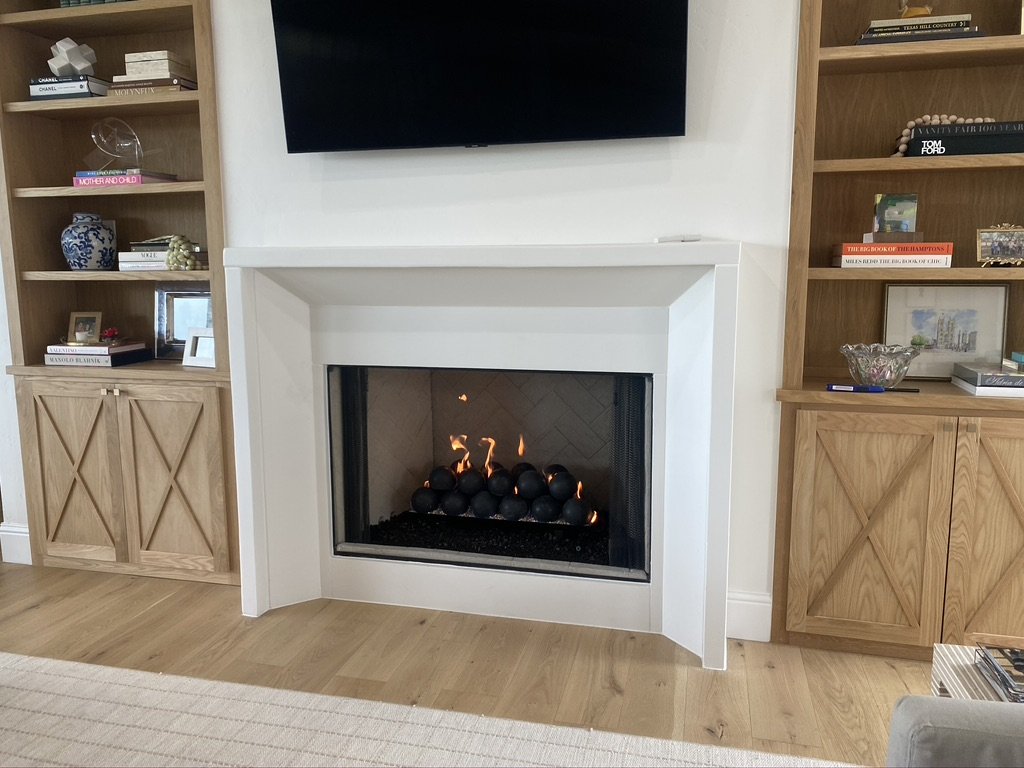
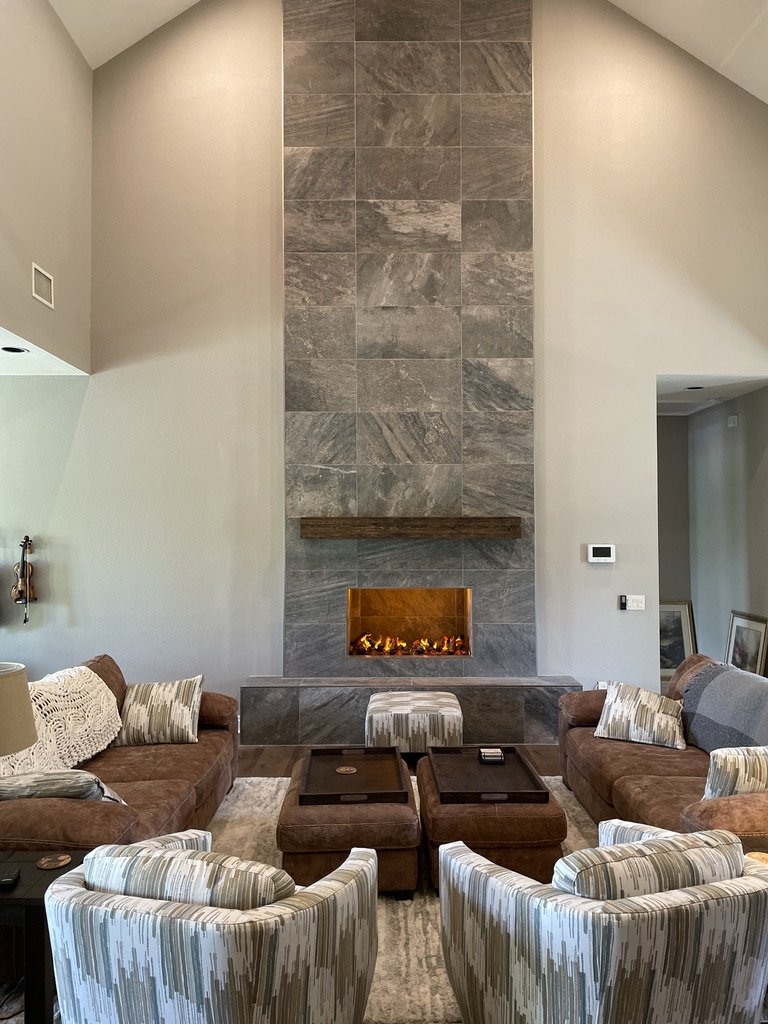
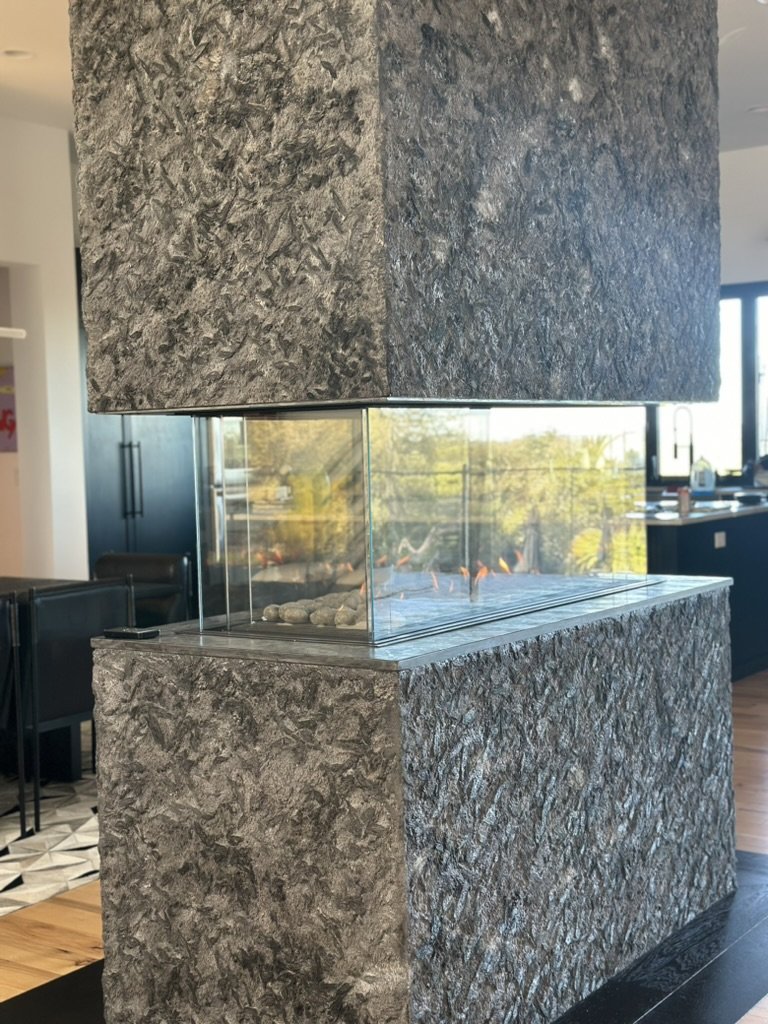
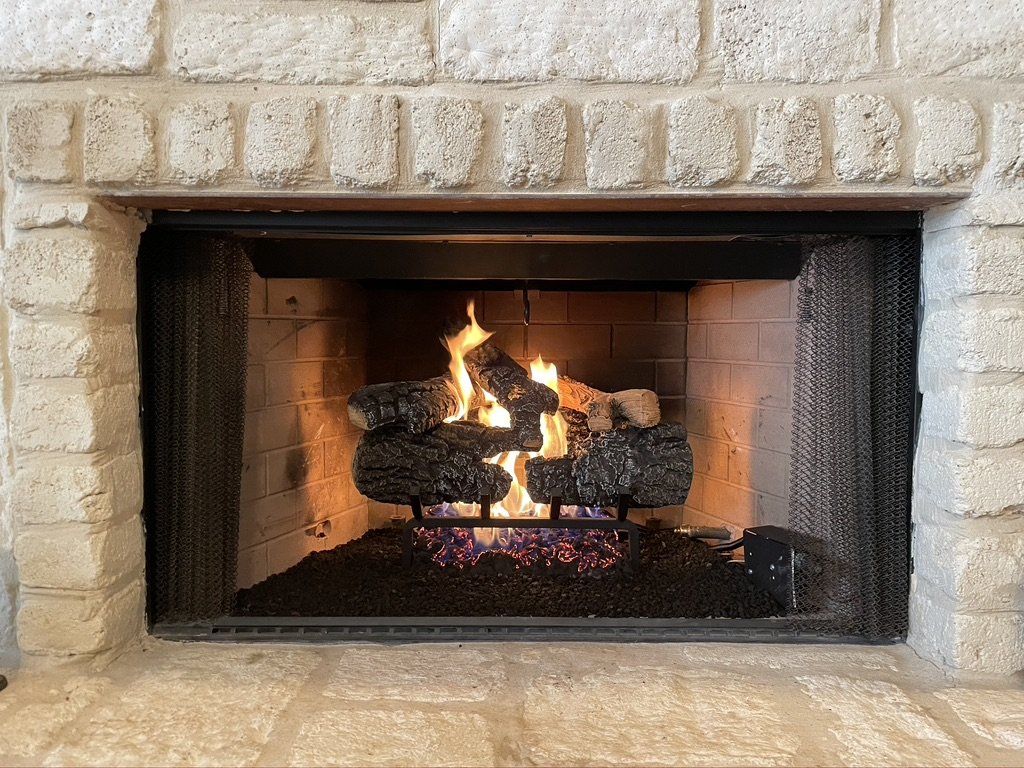
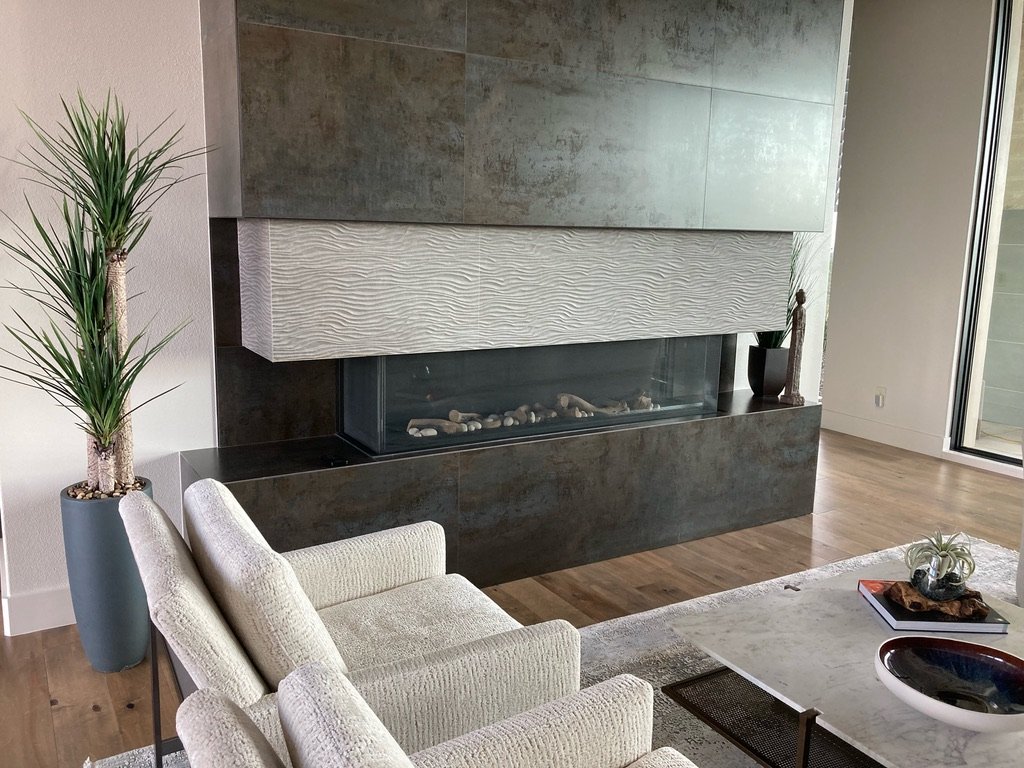
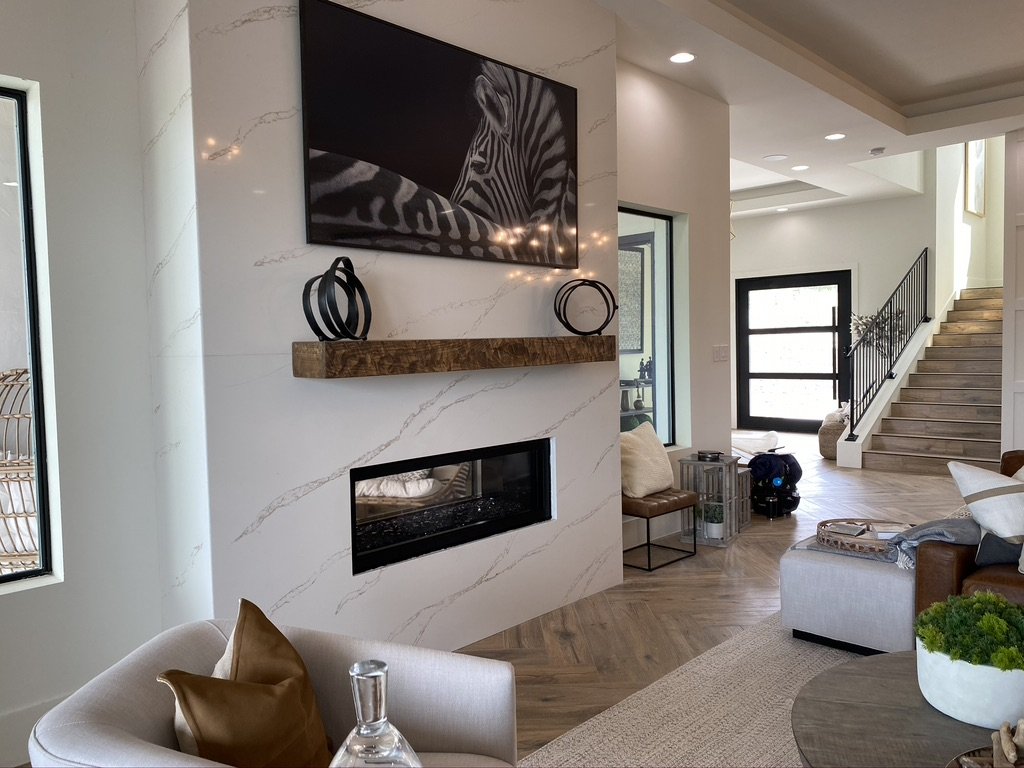

Order Your Gas Logs For Winter!
Whether you want to upgrade, replace, install, or just shopping Cozy Fireplace + Patio are your local gas log experts that carry a variety of vented and ventless gas log options!
Functionality and Heat Source: Consider whether you want the fireplace to serve as a primary or secondary heat source. Fireplaces are available in a variety of styles, from wood-burning to gas to electric to ethanol, depending on your needs for warmth, ambience, and convenience.
Location and Ventilation: A fireplace's location within the home is crucial. In particular, wood and gas fireplaces require proper ventilation, which may require chimneys or flues. It is important to take into account the size and layout of the room so that the fireplace can effectively heat the area.
Installation Cost and Maintenance: Installation costs vary according to the type of fireplace and the need for additional infrastructure such as chimneys or gas lines. There are differences in the maintenance requirements between wood and gas fireplaces: wood fireplaces need regular ash and chimney cleaning, while gas and electric fireplaces require less ongoing maintenance, but may have ongoing upkeep costs.
What are the
top three things
to consider
when building an Indoor fireplace?
We Are Certified Dealers for the leading Wood-Burning, Gas, and Electric Indoor Fireplaces

Ready for a beautiful Custom indoor fireplace?
Choosing What Type of Fireplace is right for your family and home
Here at Cozy Fireplace + Patio, we specialize in creating custom, luxury indoor fireplaces that not only bring warmth into your home but also complement the style, feel, and overall look of your space. From the traditional wood-burning to electrical our team is equipped with the knowledge and experience to help you make the best decision.
Vented/Wood-Burning
Arguably the most common kind of fireplace, especially in our region of the United States, is also the most confusing. A vented fireplace is also referred to as a wood-burning fireplace. This style of fireplace has the ability to accept a gas line, either to use to install gas logs or to use to help start your wood fires. Don’t get confused - this does not make it a “gas fireplace”! This is still considered a wood-burning fireplace, and all regulations, clearances, and specifications must be followed that a wood-burning fireplace requires.
Vented/wood-burning fireplaces fall in to one of two main categories: 1.) open-hearth fireboxes that are used for recreational burning, and 2.) high-efficiency wood-burning fireplaces that are EPA compliant.
Open-hearth fireboxes provide around 10% heating efficiency, due to the amount of heat loss up the chimney, and constantly adding fuel. All vented fireplaces should have a mesh spark screen or mesh curtains for safety, and can also have glass doors for additional safety. If you have gas ran into the firebox, installing a set of gas logs is an excellent way to increase your heating efficiency.
High-efficiency fireplaces typically provide around 60-75% heating efficiency, and undergo rigorous testing to meet or exceed stringent emissions limits to ensure efficient and responsible wood burning. These are designed for constant use as a supplemental heat source for your home, and are more commonly installed in very cold climates.
Most wood-burning fireplaces are offered in a front-open configuration only. With today’s focus on tighter, energy-efficient construction, configurations such as see-through and multi-sided openings tend to perform poorly and can spill smoke into your home. Consider a direct vent gas fireplace if one of these opening styles is what you are looking for.
Direct-Vent
A Direct-Vent system operates uses two vent pipes. One pipe draws air in from outdoors to support combustion. The other pipe exhausts the by-products of combustion to the outside. The two vent pipes may be co-axial (exhaust pipe within a larger intake pipe) or co-linear (separate pipes of about the same size).
Combustion takes place inside a sealed chamber. In the case of a fireplace, this means behind a glass front. A DV system will always have a sealed, solid glass front. Furthermore, all DV systems manufactured after 2015 will have a safety barrier in front of that glass front. This is typically a fine mesh screen. Air circulates around the combustion chamber, and radiant heat transfers through the glass front to warm the room. Additional convective heat may be supplemented by a blower; a fan installed within the appliance to circulate warmed air out into the room.
Direct-vents systems are available as fireboxes, inserts, or stoves.
A DV fireplace is often installed along an exterior wall to simplify the installation of the vent run, but it can also be installed elsewhere in the home and vented through the roof. They can operate via remote control or wall-switch, and do not necessarily require house power electricity. Although, if connected to house power, a battery pack is often included to serve as a back-up power source for instant heat during a power outage.
Generally speaking, a DV system provides good efficiency – usually around 60 to 80%, because they are warming the room without taking air from the surrounding space. There is also little-to-no worry about poor drafting, because it does not rely on positive house pressure to naturally move air through the firebox like a traditional fireplace does. A DV system is very popular in new construction, as it is able to perform well with today’s tightly built, spray-foamed homes.
Ventless
A ventless (or vent-free) system operates just as the name indicates; without a vent! It pulls room air for combustion, and delivers 99.9% of the available heat energy directly back the room. VF systems are safe thanks to their clean-burning technology and required Oxygen Depletion Sensor, which instantly shuts off the gas valve if oxygen in the room drops to an unsafe level. Although, VF systems can be known to produce an odor while burning.
Indoor VF systems are limited to 40,000 BTUs of gas, and must be operated as supplemental heating sources in conjunction with a central furnace that circulates air. These fireplaces do not accept a glass front, although a screen barrier is usually an option for additional safety.
Ventless systems are available as built-in fireboxes, gas logs, or stoves.
Typically, VF systems are more affordable, due to more flexible installation methods without requiring a vent. They can operate via remote control or wall-switch, and do not necessarily require house power electricity. Although, if connected to house power, a battery pack is often included to serve as a back-up power source for instant heat during a power outage.
Generally speaking, a VF system provides excellent efficiency – nearly 100%, because there is little-to-no energy loss from the fireplace.
Electric
An electric fireplace provides a wonderful ambiance with mesmerizing lights and optics to give the illusion of fire, but without a real flame. These fireplaces do not require any venting considerations, and simply require a standard electrical connection.
Nearly all electric fireplaces include a heater, which you can engage or disengage depending on the season! Most models operate off 120v, but some can be set for 240v to provide stronger heat output.
Electric fireplaces are available as built-in fireboxes, gas logs, or inserts.
Usually, electric fireplaces are the most affordable of all fireplace types, and can be installed virtually anywhere, but do rely on electricity for operation and provide very little heat, since there is no real flame.






